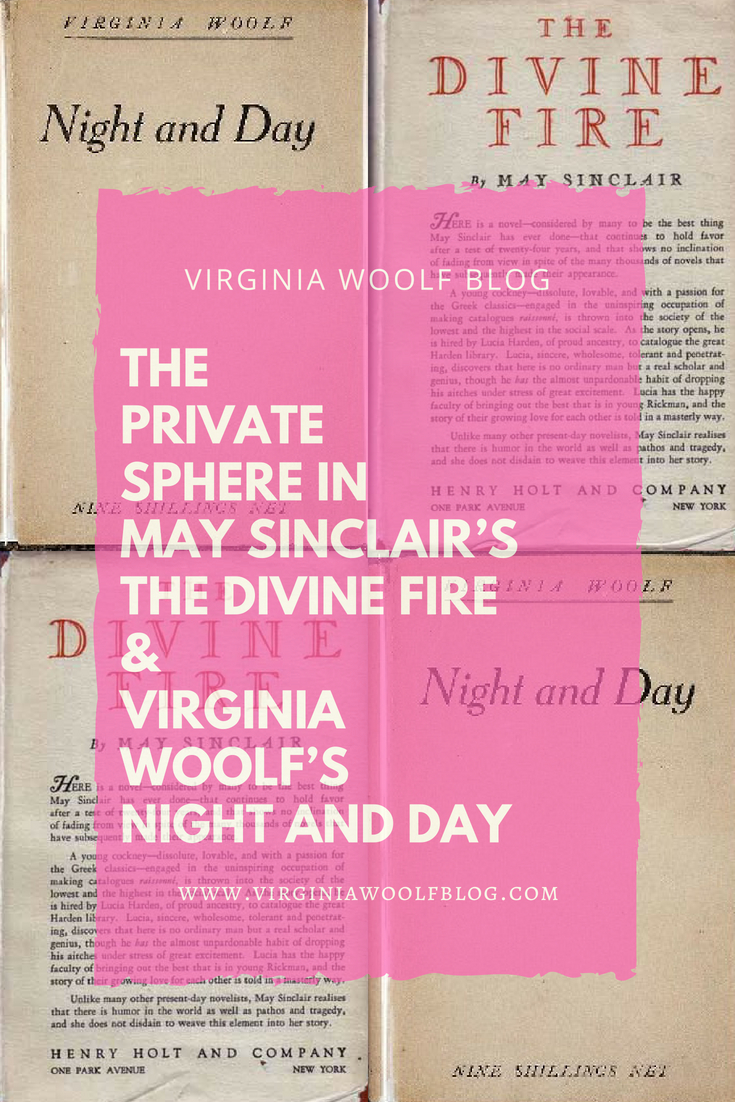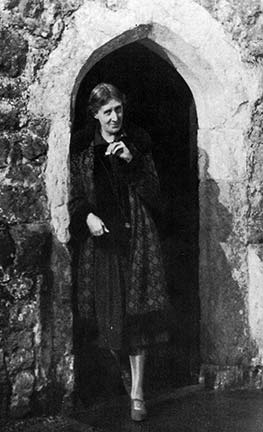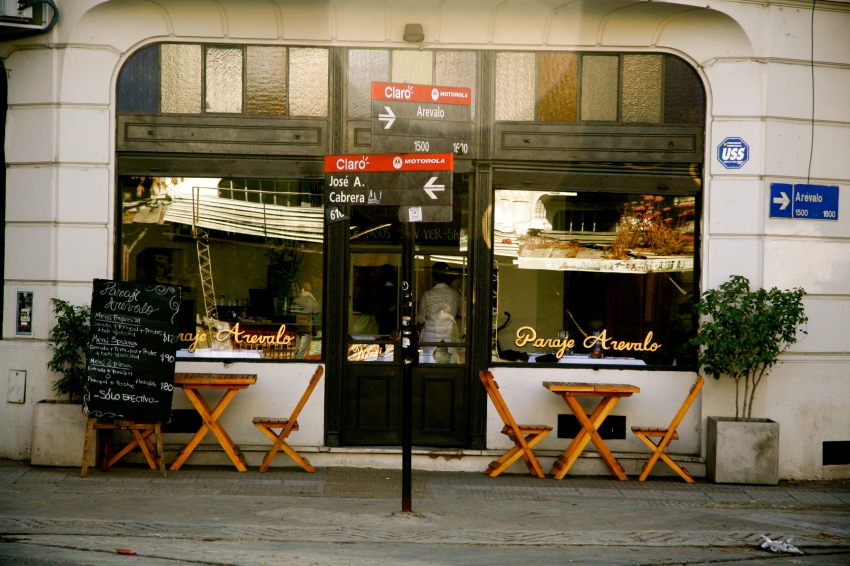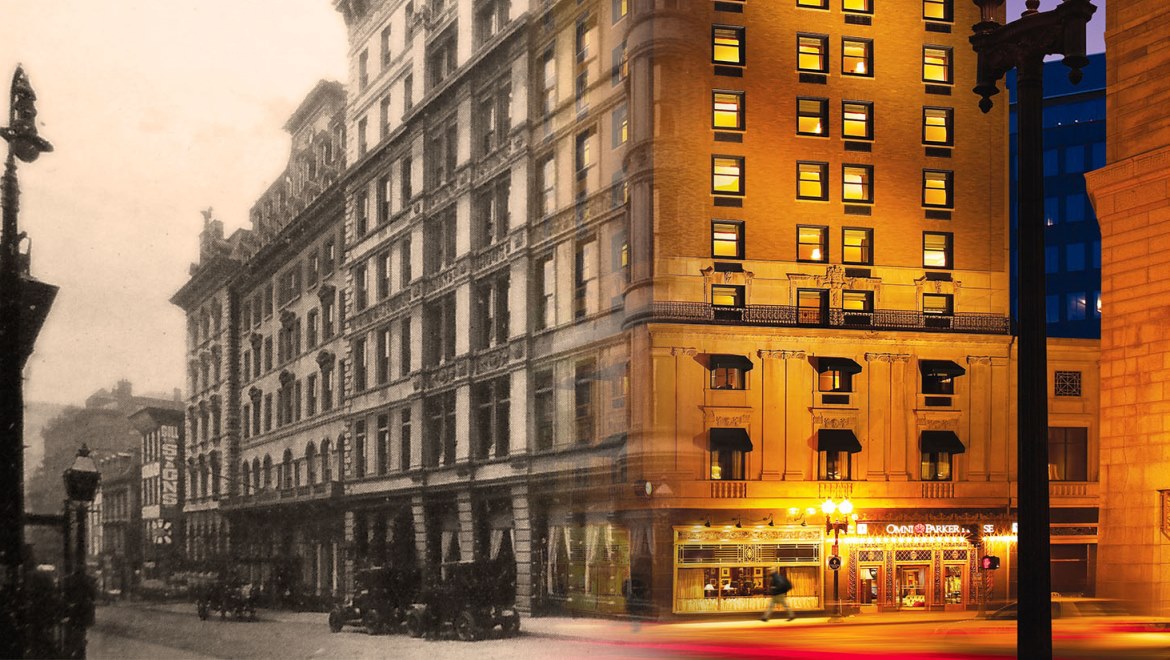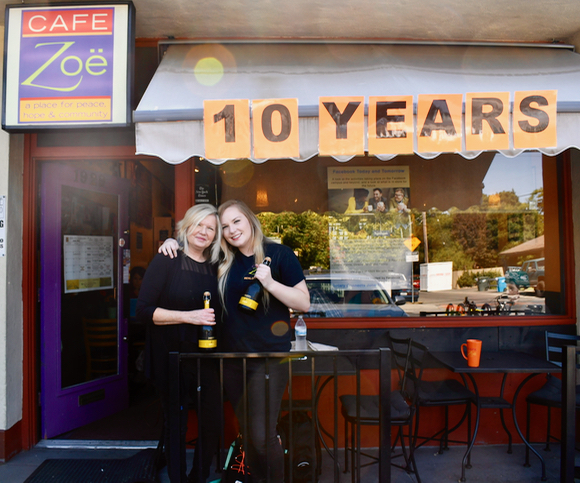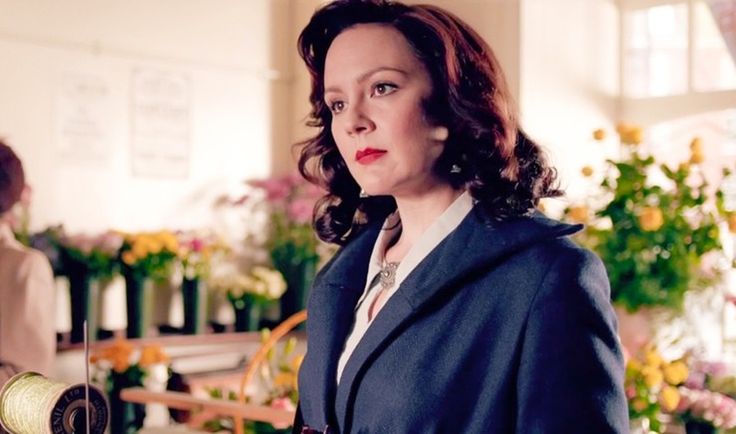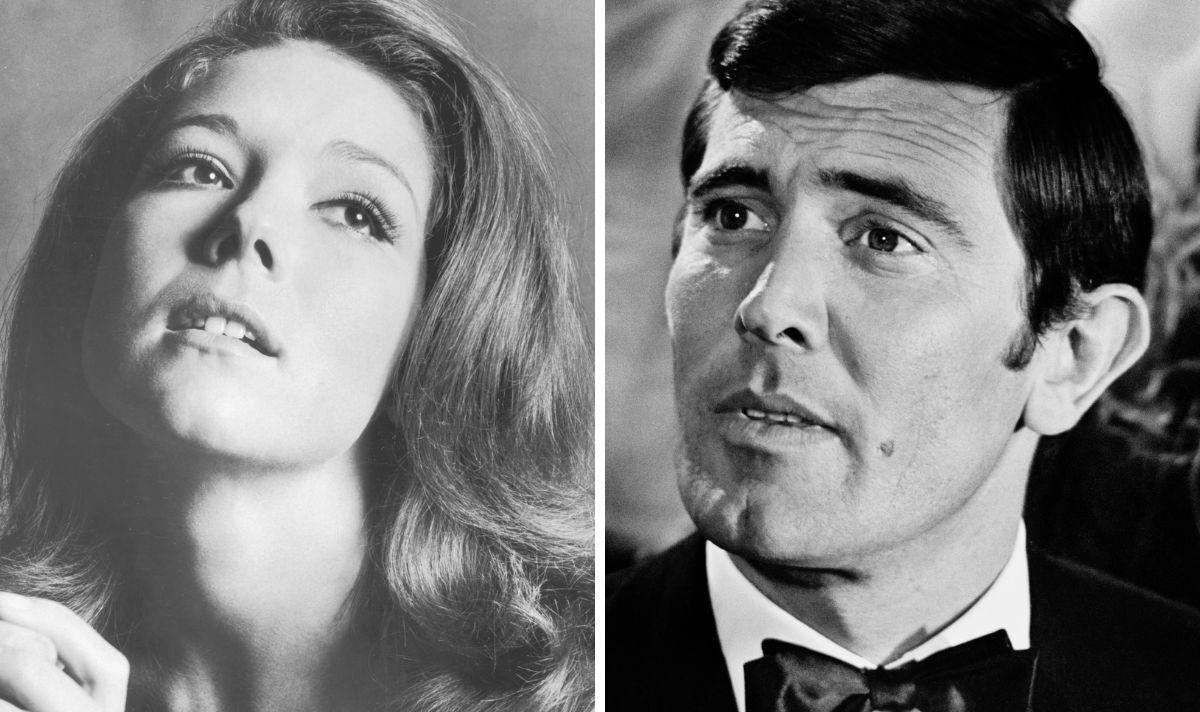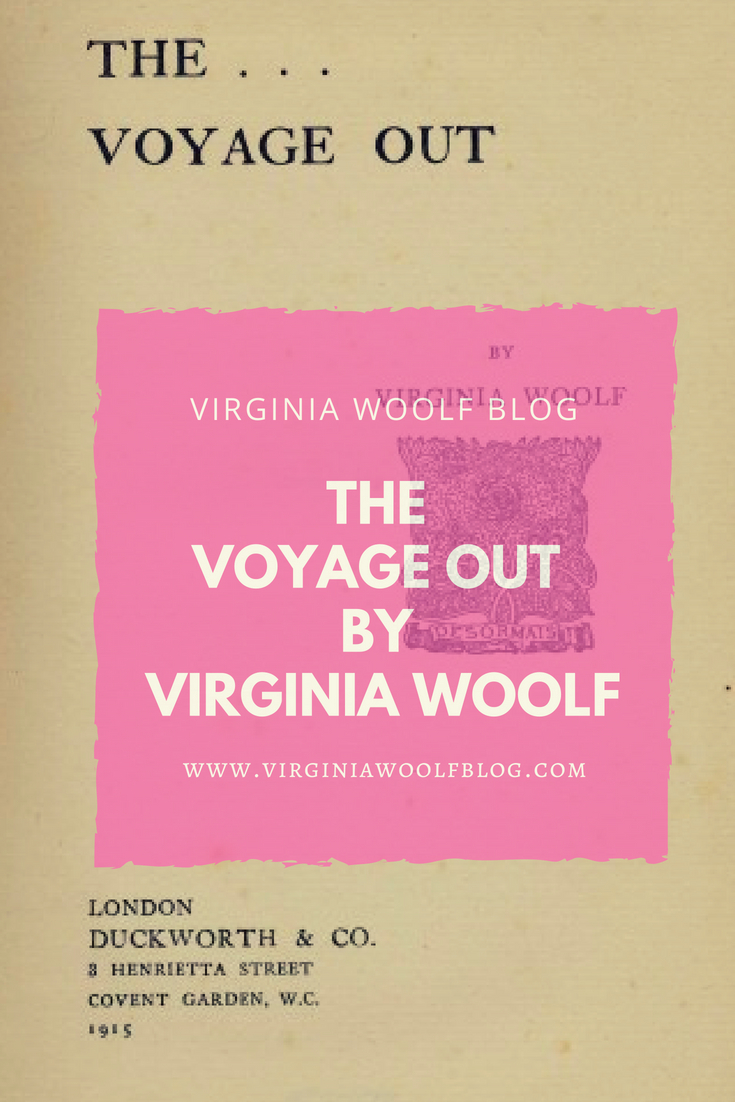
Virginia Woolf’s first novel The Voyage Out tells the story of a young woman’s journey of self-discovery on her father’s ship in South America.
Published on March 26, 1915, just a few years after the Titanic disaster, the novel was possibly inspired or influenced by the famous maritime disaster.
While the story is fiction, the characters are reportedly based on Virginia’s real life friends and family, according to the introduction in the Oxford World’s Classics edition of The Voyage Out:
“Before turning to the present text, there is one more ingredient in its prehistory that should be mentioned. It is clear (and Woolf’s letters in some cases say as much) that many of her characters were based on real people. Thus, Helen Ambrose resembles her much mythologized mother Julia Stephen, and (more closely) her sister Vanessa…Mrs. Dalloway is based on Kitty Maxse…scholarly, demanding and (in many ways) helpless Ridley Ambrose has shades of her father Sir Leslie Stephen; St John Hirst is based on Lytton Strachey; Mrs Flushing perhaps on Lady Ottoline Morrell…and Terence Hewet on Clive Bell, though possibly latterly also on Leonard Woolf. Rachel herself we might expect to be a portrait of the artist.”
Not much is known about Virginia’s thoughts on the novel since she barely mentions it in her diary. Yet editor Anne Olivier Bell suggests in an editor’s note in volume one of Virginia’s diary, that doesn’t mean she wasn’t thinking about it:
“Virginia’s first novel ‘The Voyage Out’ had been accepted in March of 1913; its publication was delayed until March 1915. She only mentions it once, but it would not be wise to suppose that it was absent from her thoughts; the knowledge that it was soon to appear may well have been the cause of renewed insanity.”
This “renewed insanity” is a reference to the many mental breakdowns Virginia suffered between the years 1912 and 1915. As Virginia would discover during the course of her career, she often had breakdowns or bouts of depression after finishing a book, mostly due to the stress of having to publish it and endure the public reaction to it.
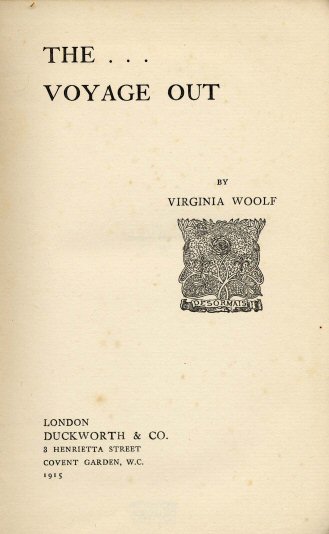
It also didn’t help that Virginia did not have high hopes for this first novel of hers, as she indicates in her diary on January 27 in 1915:
“Janet seemed better, & said she was better. We talked about my novel (which everyone, so I predict will assure me is the most brilliant thing they’ve ever read; & privately condemn, as indeed it deserves to be condemned.) & about Shelley, & Poets & their immortality.”
Some of Virginia’s friends were in fact critical of the book, such as her brother-in-law Clive Bell, but others very much enjoyed it, like her brother Adrian and her friend E.M. Forster, who later wrote an essay about The Voyage Out in which he states:
“It is a strange, tragic, inspired book whose scene is a South America not found on any map and reached by a boat which would not float on any sea, an America whose spiritual boundaries touch Xanadu and Atlantis.”
The press wasn’t as kind. When the book was finally published in America in 1920, a New York Times book reviewer called it tedious but hinted that Virginia showed potential as a writer:
“This English novel, by an English writer, gives promise in its opening chapters of much entertainment. Later, the reader is disappointed. That the author knows her London in its most interesting aspects–those in which members of Parliament and their coterie of relatives and friends are the active figures–there can be no doubt. But aside from a certain cleverness–which, being all in one key, palls on one after going through a hundred pages of it–there is little in this offering to make it stand out from the ruck of mediocre novels which make far less literary pretension. As for the story itself, it is painfully lacking, both in coherency and narrative interest…These people all talk smartly, and one rather wonders what it is all about, for it does not seem to get anywhere in particular….So the story maunders on, and the fact that it is crowded with incident, most of it futile, and that the clever talk by every one continues in a confusing cataract in every chapter, does not save it from becoming extremely tedious. ‘The Voyage Out’ is announced as the author’s first novel. That fact is the most hopeful thing about it. With the cleverness shown here, crude as most of it is, there should be a possibility of something worth while from the same pen in the future.”
The novel may not have been one of Virginia Woolf’s best books, but it was a promising first try and served as a valuable learning experience for her later, well-received works such as Mrs. Dalloway and To The Lighthouse.
Sources:
“The Voyage Out”; Virginia Woolf; Oxford University Press; 2009
“The Diary of Virginia Woolf: 1915-1919”; Virginia Woolf
“Virginia Woolf: The Critical Heritage”; Robin Majumdar; 1997
The New York Times; Latest Works of Fiction; June 18 1920: http://www.nytimes.com/books/97/06/08/reviews/woolf-voyage.html

